永續行動力:通往乾淨運輸的道路
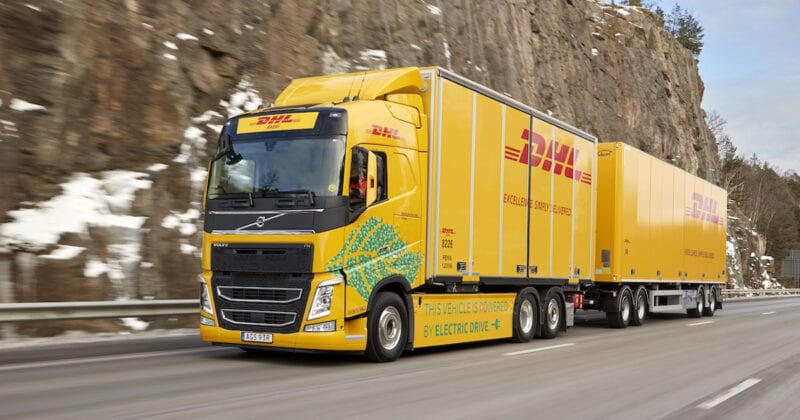
環保本身就是艱鉅的任務,更別提倚重燃料將貨物搬運到世界各地的物流產業。但產業巨擘正帶頭往前,希望客戶及合作夥伴能一同跟進。
將化石燃料的使用從全球運輸完全排除,在短期內可能不切實際。
考量政治因素,像是開發中國家缺少的不同能源來源與需求;或是技術因素,像是燃料的能量密度。例如:一輛配備12.4加侖油箱的汽油車,裝滿77.5磅汽油可跑360英里;反之1個77.5磅電池,只能讓電動車跑21英里。
環保運輸技術,像是氫燃料及長程電動車電池仍處於萌芽階段,而且現階段充電基礎設施的可取得性,以及高生產成本,為永續行動力的實現增添額外障礙。
撇開挑戰不談,邁向未來的道路仍然明確。以DHL為例,行動力產業的許多領導人都有共同目標:致力於以更小的環境衝擊,達成更遠大的行動力。
DHL亞太區供應鏈客戶長Steve Thompsett表示:「我們已經承諾投資70億歐元發展乾淨營運,在2030年前降低我們的排放量在2900萬噸以下。我們的部分計畫包括最後一哩路的電動化,並且與我們的貨運承攬業者及合作夥伴合作,改善燃料混合以達到更高效率。」
為了推動產業朝更環保、更永續發展的方向前進,我們還有更多工作能做,更多任務等待完成。為了達成目標,需要有生態支援系統存在—好消息是產業領導人已經在推動中。
朝碳中立前進
以DHL為例,正在與瑞典貨櫃製造商Volvo及石油巨擘Shell合作,達到碳中立目標。三方共同提出解決方案,包括採用更永續性的航空燃料,最後一哩路電動化,以及將太陽能整合至倉儲設計。
Volvo範圍廣泛的電動卡車系列,有多樣化選擇滿足DHL各種不同的運輸利基需求。公司甚至開發氫燃料電池卡車,可使用在充電基礎設施稀少的路線。
在6月初舉辦、為期4天的永續行動力Movin’On高峰會上,Volvo Trucks日本、新加坡及泰國行銷主管Marco Bonaveglio於小組討論時分享:「這些卡車屬於策略的一部份,讓我們能達到2040年目標,擁有100%零化石燃料車輛。」
這類合作計畫不只協助DHL最後一哩路作業的電動化,同時也協助集團更瞭解電動卡車在營運及技術上面臨的挑戰。這為電動車(EVs)引進物流產業的必然趨勢奠定了基礎。
基於技術與基礎建設的挑戰,電動車在成為標準前可能還需要一段時間,但仍將在邁向去碳化的道路上扮演重要角色。
與此同時,Shell以永續航空燃料(SAF)形式提供另一解決方案。從再生來源回收的SAF燃料,像是使用過的烹調用油、城市廢棄物及木材生物質,據說能減少生命週期排放量高達80%。這些燃料可單獨使用,或與傳統煤油混合,作為商用飛機的動力。
Shell Aviation亞太與中東地區總經理Doris Tan也在高峰會分享,他們與產業不同利害關係人合作,促進全球SAF的使用。
Shell的永續燃料計畫不只採用更環保的燃料,也資助「Clean Skies for Tomorrow」聯盟。此組織在支援淨零排放目標的同時,也對氫燃料等新技術進行重大投資。
環保是運輸產業的未來走向
為了發展與部署運輸技術,有許多工作待完成;而在達成碳中立的道路,也有許多挑戰必須克服。技術能力的限制是一大挑戰。
Bonaveglio在回答有關電動車限制的問題時,提出有關洲際及跨洲運輸的常見擔憂。電動車通常涵蓋較短距離,比起加油需要較長充電時間。全球充電基礎設施的缺少,是電動車廣泛採用的障礙之一,也讓問題更加嚴重。
雖然氫燃料在某種程度可作為替代燃料,但Bonaveglio指出,氫燃料並不是立即可行的選項。這項技術仍然處於嬰兒期,必須等到2020年代晚期才能準備就緒。
乾淨技術的另一項問題在於低需求。在關於電動車限制的討論方面,Tan提到新技術成本通常隨著生產規模擴大,並且達到經濟規模時下降。但若要實現經濟規模,首先必須存在確實的初始需求。
這已經證實是乾淨運輸技術的挑戰之一。「當貨運預算已經超支時,要求任何人為了環保技術支付更高成本,是相當困難的任務」,Thompsett解釋說。
Tan補充說:「例如SAF的成本比一般煤油多100至200%。」
在不確定的時代,通往乾淨運輸道路的障礙代表抵達終點可能需要更長時間,但產業領導人推動碳中立的意圖,從沒有比現在更為堅定。
Thompsett補充說:「DHL保證加入推動碳中立的行列,我們正在尋找一起加入我們,並肩接受挑戰的供應商。」
你知道嗎:DHL 為整箱貨件提供永續船用燃料選項
你知道嗎:DHL 為整箱貨件提供永續船用燃料選項
DHL Global Forwarding 為海運提供的永續船用燃料 (SMF) 服務現在可用於整箱裝載 (FCL) 貨件。 客戶可以通過 myDHLi Quote + Book 功能輕鬆選擇永續生物燃料的使用,該功能還包括一個碳計算器。
碳減排是通過 DHL 通過合作夥伴購買 SMF 並將其與整箱貨件中消耗的數量相匹配來實現的。
“例如,SAF 的成本比普通煤油高 100% 到 200%”,Tan 補充道。
在這些不確定時期清潔交通的障礙意味著到達終點可能需要更長的時間,但行業領導者對碳中和的推動從未如此強烈。
“DHL 承諾加入[推動碳中和],我們正在尋找我們的供應商也加入我們的挑戰,”湯普塞特補充道。


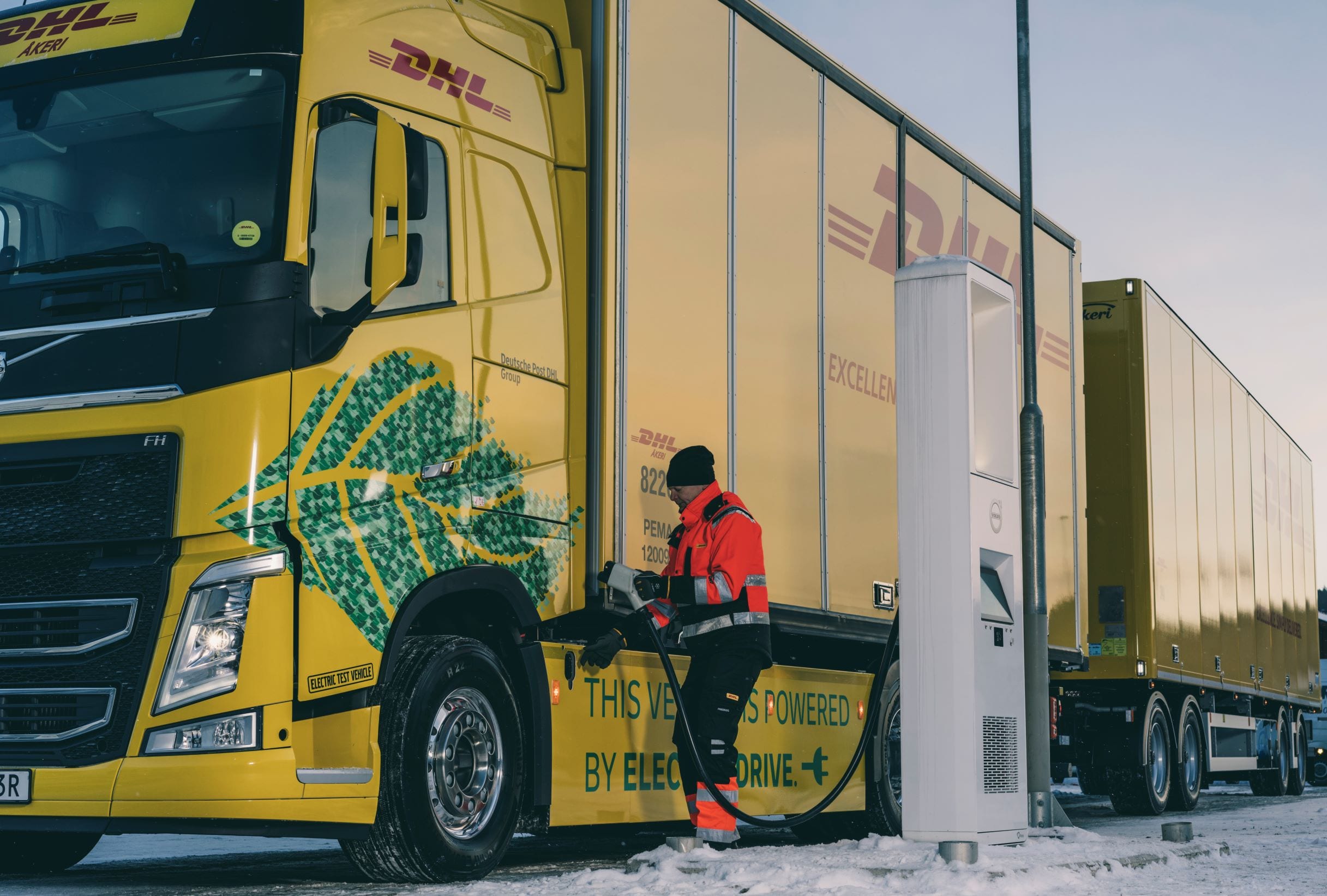
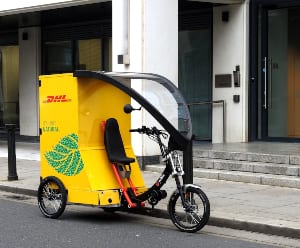
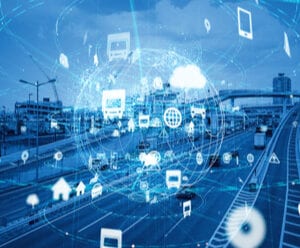
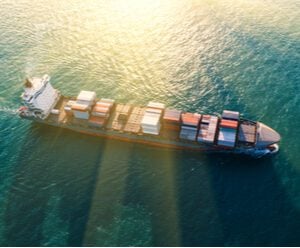
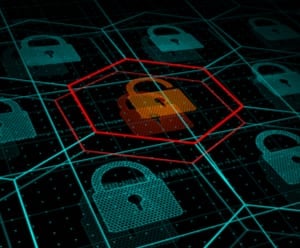



 繁體中文(台灣)
繁體中文(台灣)